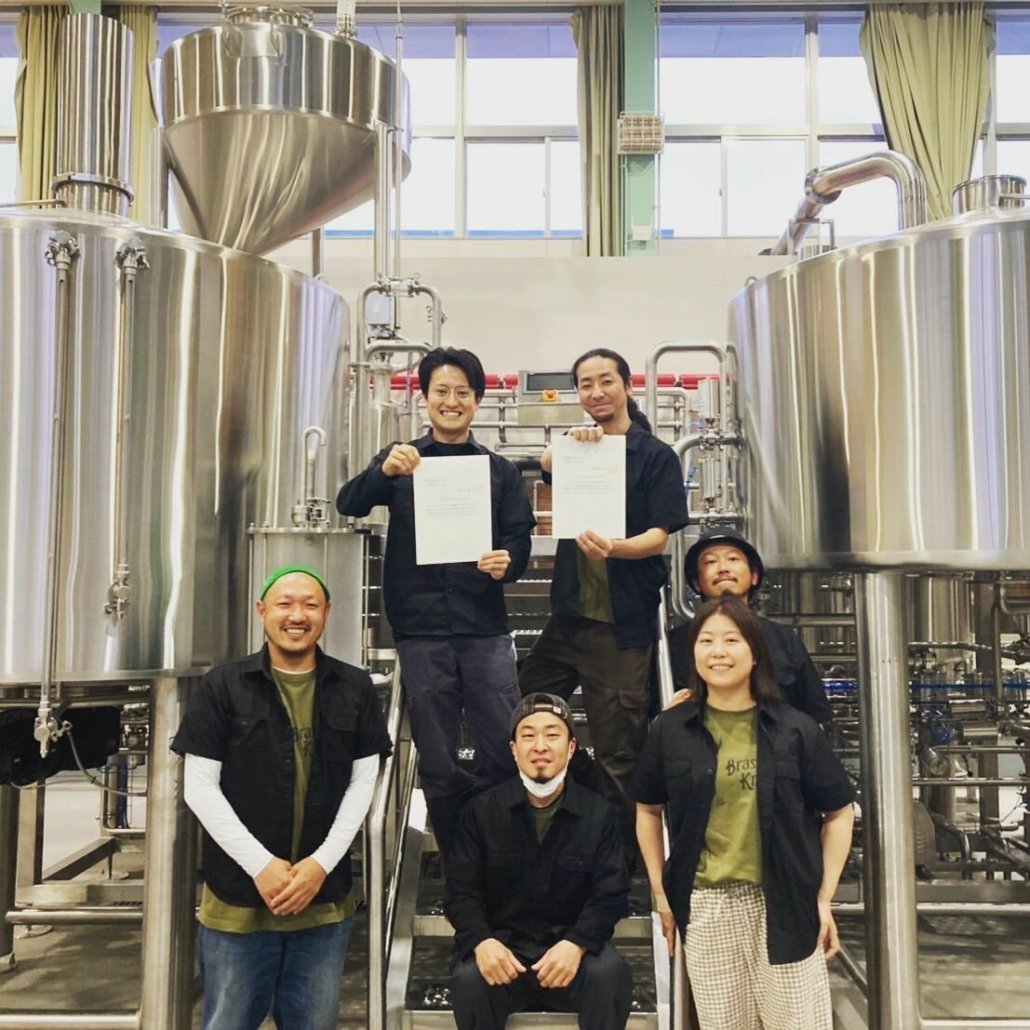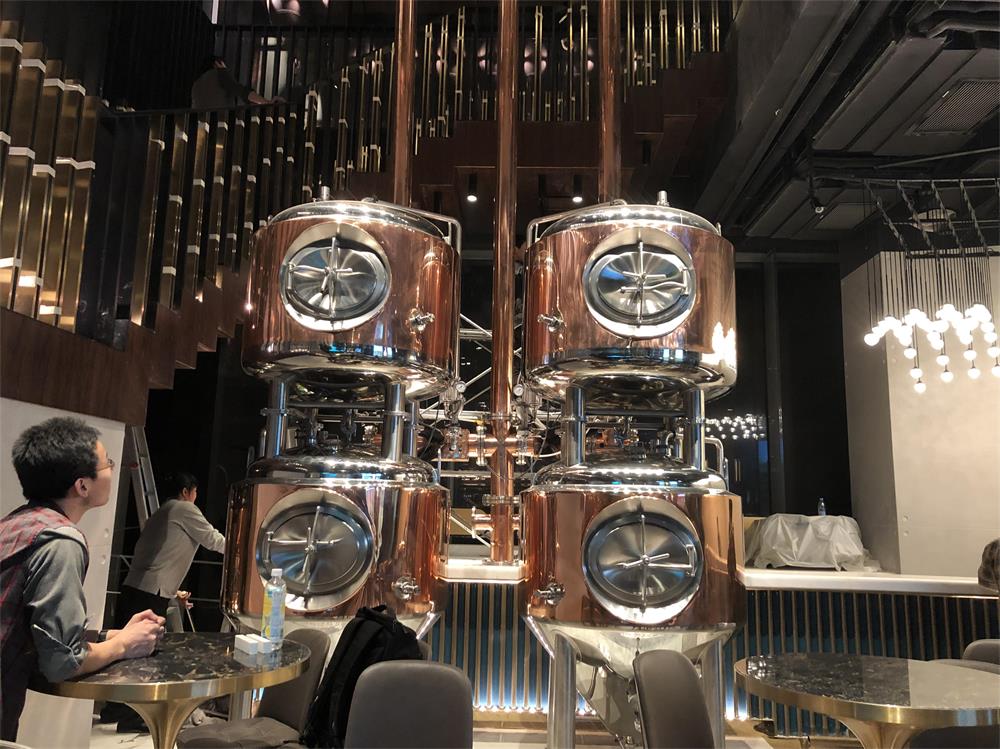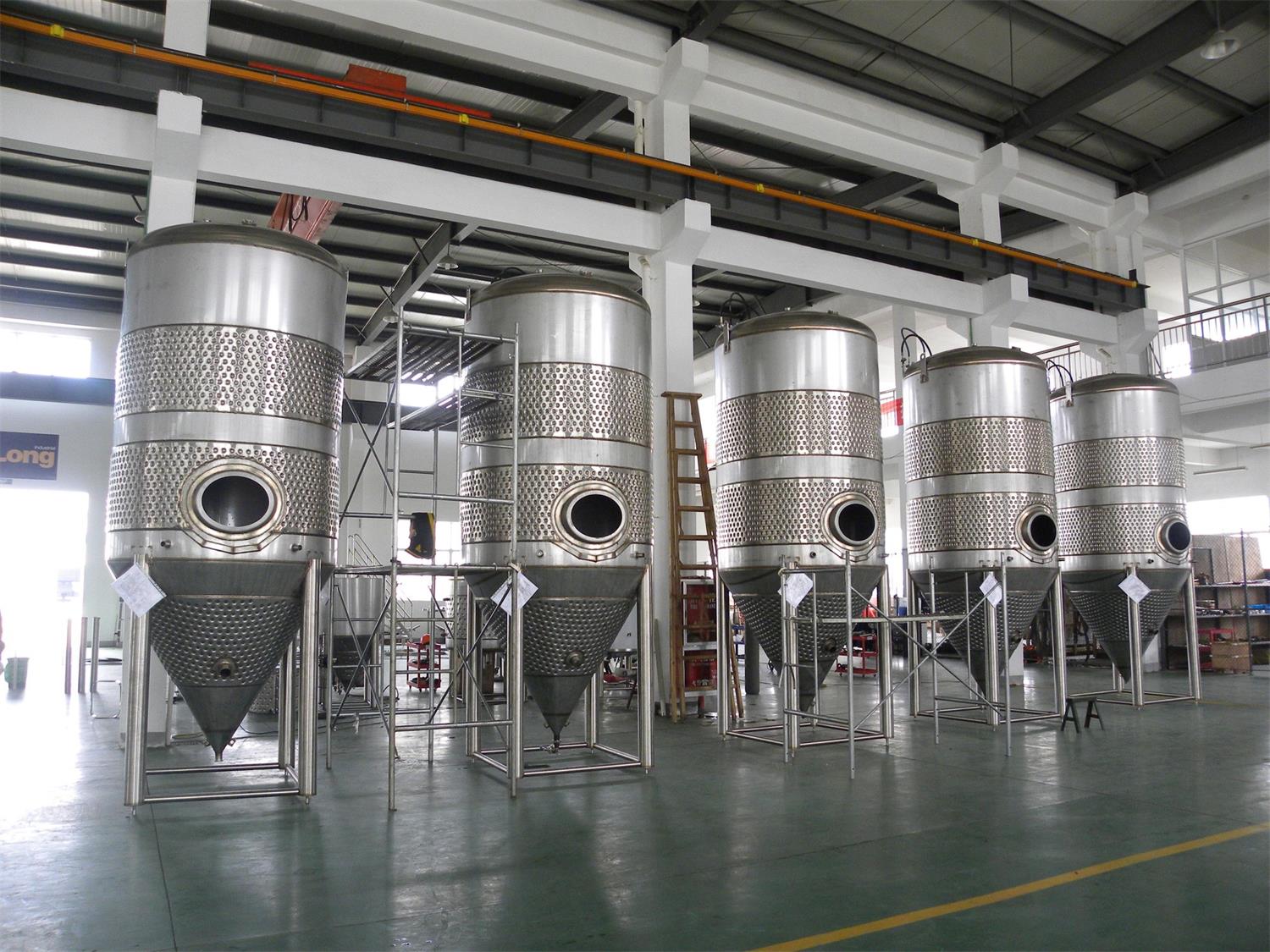5 BBL Brewing Equipment: Improving Production Capacity
Introduction
Brewing beer is an art that requires precision and quality equipment. For commercial breweries and brewpubs, having the right brewing equipment is crucial for producing consistent and delicious brews. One popular choice among brewers is the 5 bbl (barrel) brewing equipment. In this article, we will explore what 5 bbl brewing equipment is, its advantages, components, factors to consider when choosing, popular brands, and maintenance tips.
What is 5 bbl Brewing Equipment?
5 bbl brewing equipment refers to a brewing system with a capacity of 5 barrels, which is equivalent to approximately 155 gallons or 620 liters of beer. It is designed for commercial-scale brewing operations, including microbreweries, craft breweries, and brewpubs. This size is suitable for small to medium-sized establishments that aim to produce a significant volume of beer while maintaining flexibility in their brewing operations.

Advantages of 5 bbl Brewing Equipment
Increased Production Capacity
Compared to smaller brewing systems, such as 1 bbl or 3 bbl, 5 bbl brewing equipment offers increased production capacity. With its larger brewing vessels and higher throughput, breweries can produce a greater volume of beer in a single batch. This scalability allows brewers to meet growing demand and expand their distribution without the need for frequent brewing cycles.
Flexibility in Brewing Operations
5 bbl brewing equipment provides brewers with flexibility in their brewing operations. It allows for the production of various beer styles and experimentation with recipes. With larger fermentation vessels, brewers can easily scale up their batches or brew different beers simultaneously. This flexibility enables breweries to cater to diverse consumer preferences and keep their tap lists fresh and exciting.
Cost-Effectiveness
While 5 bbl brewing equipment requires a larger upfront investment compared to smaller systems, it offers long-term cost-effectiveness. The increased production capacity and efficiency of larger vessels result in reduced labor costs per gallon of beer produced. Moreover, the ability to produce more beer per batch allows breweries to benefit from economies of scale when purchasing ingredients, further driving down production costs.
Components of 5 bbl Brewing Equipment
To understand how 5 bbl brewing equipment operates, let’s explore its key components:
Mash Tun
The mash tun is where the mashing process takes place. It is a vessel that holds the crushed malt and water, allowing enzymatic conversion of starches into fermentable sugars. The mash tun typically features temperature control and agitation mechanisms to optimize the mashing process.
Brew Kettle
The brew kettle is where the wort is boiled and hops are added for bitterness, flavor, and aroma. It is equipped with heating elements and temperature controls to bring the wort to a rolling boil and maintain desired boil times. Brew kettles often have features like whirlpool ports and hop strainers to facilitate separation of trub and hop material from the wort.
Fermentation Vessels
Fermentation vessels are where the wort is fermented by yeast, transforming the sugars into alcohol and carbon dioxide. They are typically made of stainless steel or food-grade plastic, offering a sterile and controlled environment for yeast propagation and fermentation. Conical-shaped vessels are commonly used as they allow for easy yeast harvesting and removal of sediment.
Cooling System
The cooling system is responsible for rapidly cooling the boiled wort to the desired fermentation temperature. It usually consists of a heat exchanger, glycol chiller, and pumps. The heat exchanger transfers heat from the hot wort to a cold glycol solution, rapidly reducing the temperature.
Control Panel
The control panel acts as the nerve center of the brewing system, allowing brewers to monitor and control various processes such as temperature, pump speed, and automation. It provides a user-friendly interface for adjusting parameters and ensuring precise control over the brewing process.

Factors to Consider When Choosing 5 bbl Brewing Equipment
When selecting 5 bbl brewing equipment, several factors should be taken into consideration:
Space and Layout Requirements
Breweries need to assess the available space and layout of their facility to accommodate the brewing equipment. Factors such as ceiling height, floor space, and access for utilities should be considered to ensure a seamless installation.
Power and Utility Needs
5 bbl brewing equipment requires a sufficient power supply and utility connections. Breweries should assess their electrical capacity, water source, drainage, and other utility requirements to ensure compatibility with the chosen equipment.
Brewing Process Requirements
Each brewery has unique brewing process requirements based on the desired beer styles and production goals. Considerations such as mashing technique, lautering efficiency, boil times, and fermentation control should align with the capabilities of the brewing equipment.
Budget and Cost Considerations
Budget is a crucial factor in selecting brewing equipment. Breweries should establish a budget that considers the initial investment, installation costs, and ongoing expenses. It is essential to strike a balance between quality, functionality, and affordability.
Maintenance and Care of 5 bbl Brewing Equipment
To ensure the longevity and optimal performance of 5 bbl brewing equipment, proper maintenance and care are essential. Here are some key maintenance practices:
Regular Cleaning and Sanitization
Maintaining cleanliness and sanitation is crucial for preventing contamination and off-flavors in the beer. Regularly clean and sanitize all brewing equipment, including the vessels, piping, and fittings, following industry best practices. Use approved cleaning agents and sanitizers and adhere to recommended contact times.
Equipment Inspections
Perform routine inspections of the brewing equipment to identify any signs of wear, damage, or potential issues. Check for leaks, loose connections, and faulty components. Address any maintenance or repair needs promptly to prevent further damage or interruptions in brewing operations.
Preventive Maintenance
Implement a preventive maintenance schedule to keep the brewing equipment in optimal condition. This includes tasks such as lubricating moving parts, checking and replacing gaskets and seals, inspecting and cleaning sensors, and calibrating temperature and pressure gauges. Following a preventive maintenance plan helps identify potential problems early on and ensures smooth operation.

Conclusion
5 bbl brewing equipment provides commercial breweries and brewpubs with a versatile and efficient brewing solution. With increased production capacity, flexibility in brewing operations, and long-term cost-effectiveness, it is a popular choice for brewers looking to scale up their operations. By considering factors such as space requirements, power needs, brewing process requirements, and budget, breweries can select the right 5 bbl brewing equipment to meet their specific needs. Proper maintenance and care are essential for preserving the equipment’s longevity and ensuring consistent beer quality.
FAQs
1. What is the capacity of 5 bbl brewing equipment?
5 bbl brewing equipment has a capacity of approximately 155 gallons or 620 liters of beer.
2. Can 5 bbl brewing equipment accommodate different beer styles?
Yes, 5 bbl brewing equipment offers flexibility in brewing operations, allowing brewers to produce various beer styles and experiment with recipes.
3. What are the key components of 5 bbl brewing equipment?
The key components include the mash tun, brew kettle, fermentation vessels, cooling system, and control panel.
4. How should 5 bbl brewing equipment be maintained?
Regular cleaning and sanitization, equipment inspections, and preventive maintenance are essential for the proper care of 5 bbl brewing equipment.
5. Which brands offer 5 bbl brewing equipment?
Some popular brands include Brand A, Brand B, and Brand C, each offering unique features and customization options for breweries.
Share this entry
Interested in learning more about Brewing Systems including additional details and pricing information? Please use the form below to contact us!
YOLONG BREWERY EQUIPMENT FAQS
- Commercial Brewery / Craft Brewery / Microbrewery / Nanobrewery
- What is The Difference Between Craft Beer and Industrial Beer?
- The Bespoke Differences In Custom Brewing Systems
- Everything You Need to Know About Kettle Souring
- How to Choose Brewing Equipment for Your business?
- How To Choose The-Best Partner To Build Your Commercial Microbrewing System?
- Two Detection Sensors That You Need To Use In Your Brewhouse System
- Remote Control Applications in Brewing Equipment/How does it work?
- How To Clean Your Brand New Brewery Tanks?

